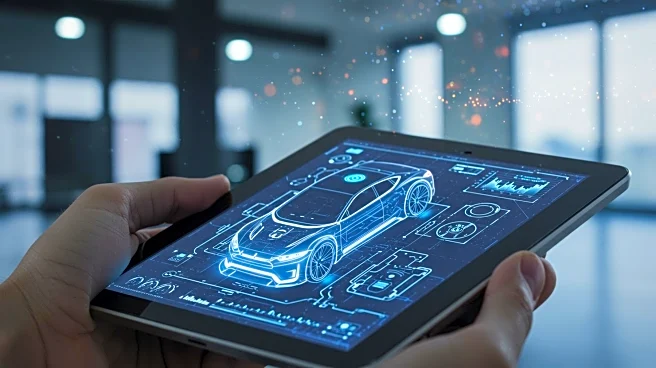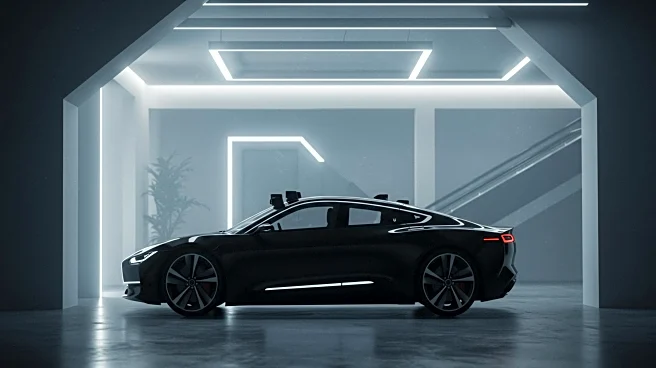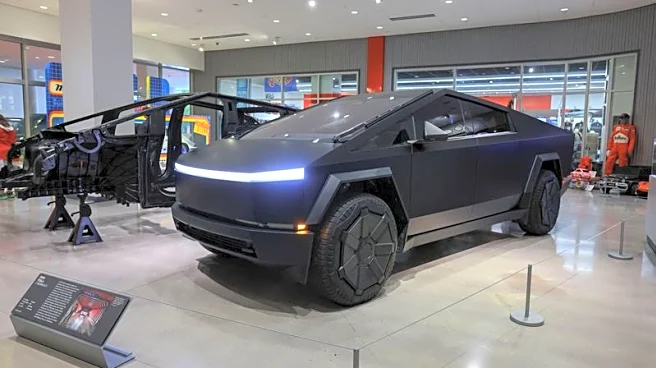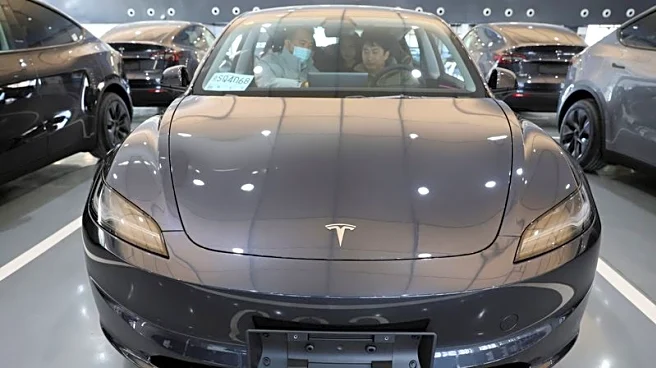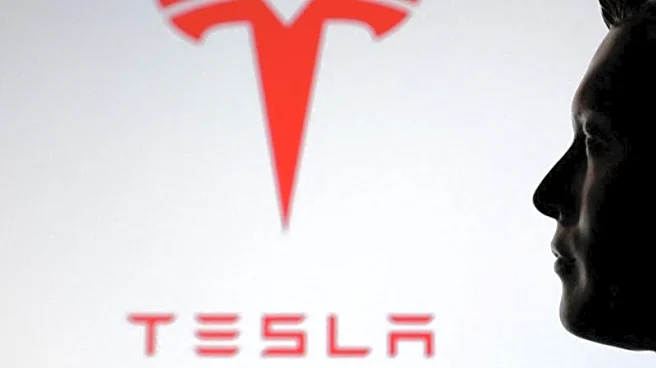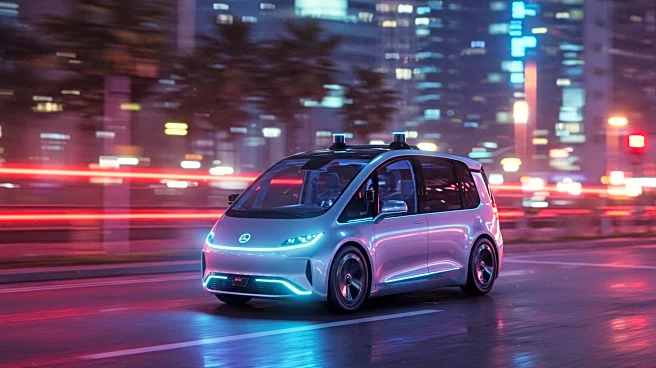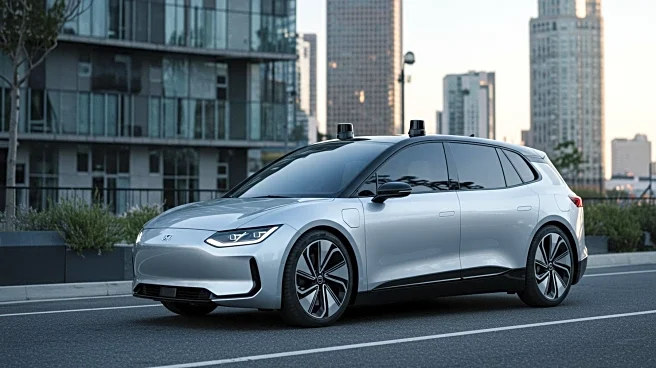What is the story about?
What's Happening?
Bank of America analysts have identified autonomous vehicles as a potential boon for the auto insurance industry. The shift from personal to commercial liability could alleviate financial burdens for insurers, as liability would move from drivers to carmakers and software engineers. This transition is expected to benefit insurers by reducing the risks associated with the US tort system. Despite concerns that autonomous driving might lower accident rates and insurance costs, data suggests that while accident frequency has improved, severity has increased, posing challenges to insurers. The rise of driverless taxis from companies like Tesla and Waymo is contributing to this shift.
Why It's Important?
The integration of autonomous vehicles into mainstream transportation could significantly alter the auto insurance landscape. By shifting liability from individuals to commercial entities, insurers may see improved profitability. This change could lead to a reconfiguration of the $400 billion US auto-insurance industry, as human error-related accidents decrease. Insurers might benefit from processing claims and subrogating payments to commercial parties, potentially reducing their financial exposure. However, the increased severity of accidents remains a concern, indicating that insurers must adapt to new risk models.
What's Next?
As autonomous vehicles become more prevalent, insurers will need to develop strategies to manage the shift in liability. This may involve collaborating with car manufacturers and software developers to establish new insurance frameworks. The industry could see increased investment in technology to better assess risks associated with autonomous driving. Stakeholders, including insurers and tech companies, will likely engage in discussions to address liability issues and ensure safety standards are met.
Beyond the Headlines
The transition to autonomous vehicles raises ethical and legal questions about liability and safety. Insurers and manufacturers must navigate these complexities to ensure consumer protection and industry stability. Long-term, this shift could influence public policy and regulatory frameworks, as lawmakers address the implications of driverless technology.
AI Generated Content
Do you find this article useful?
